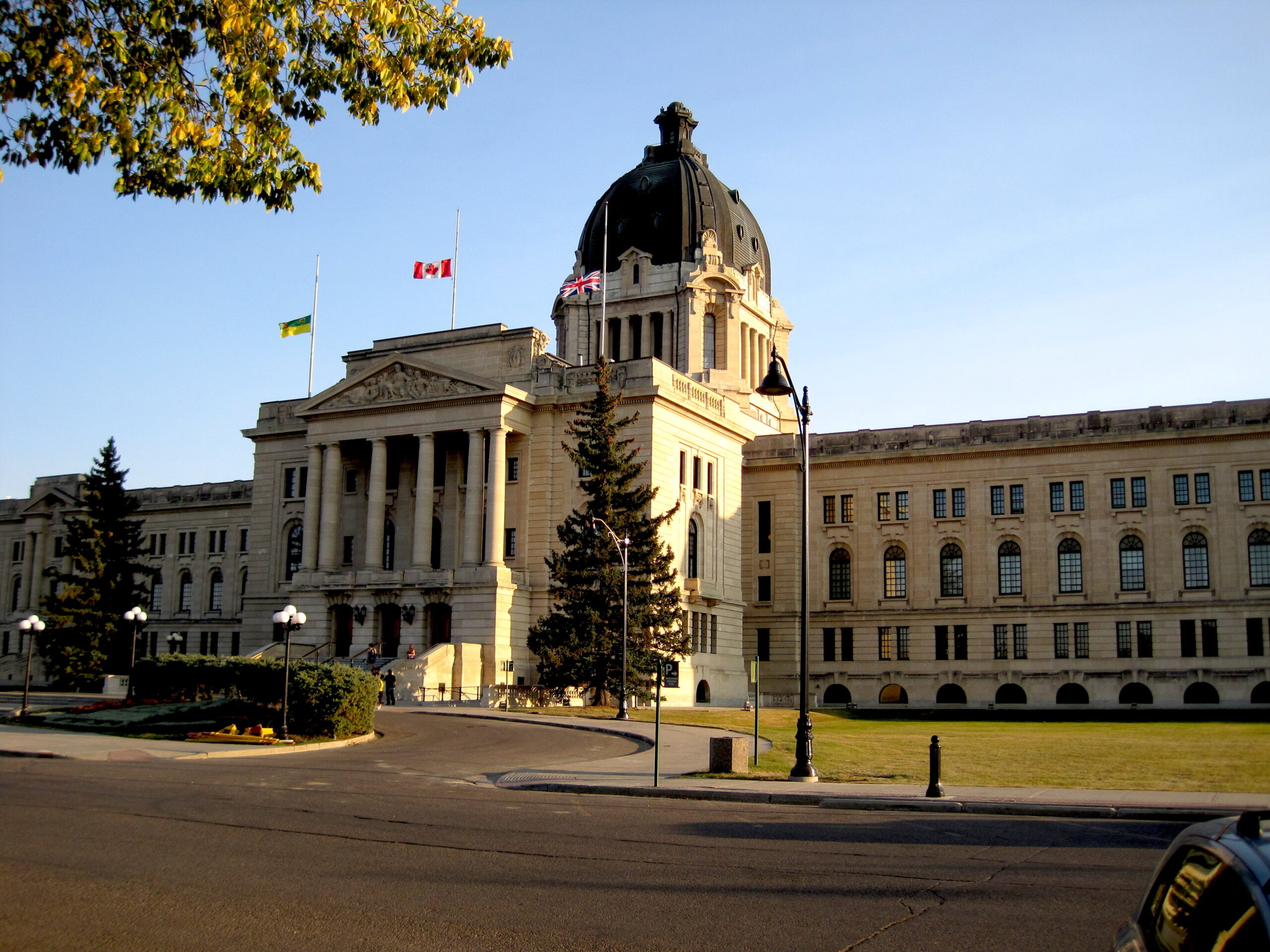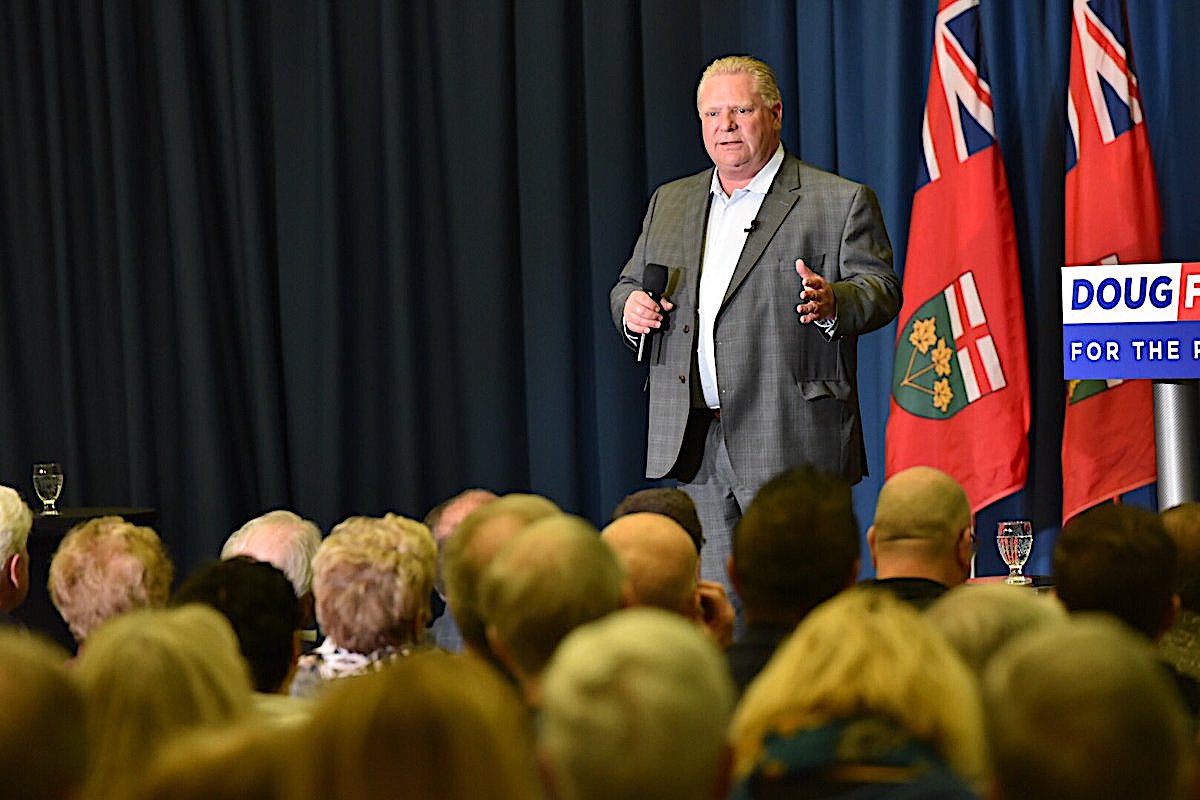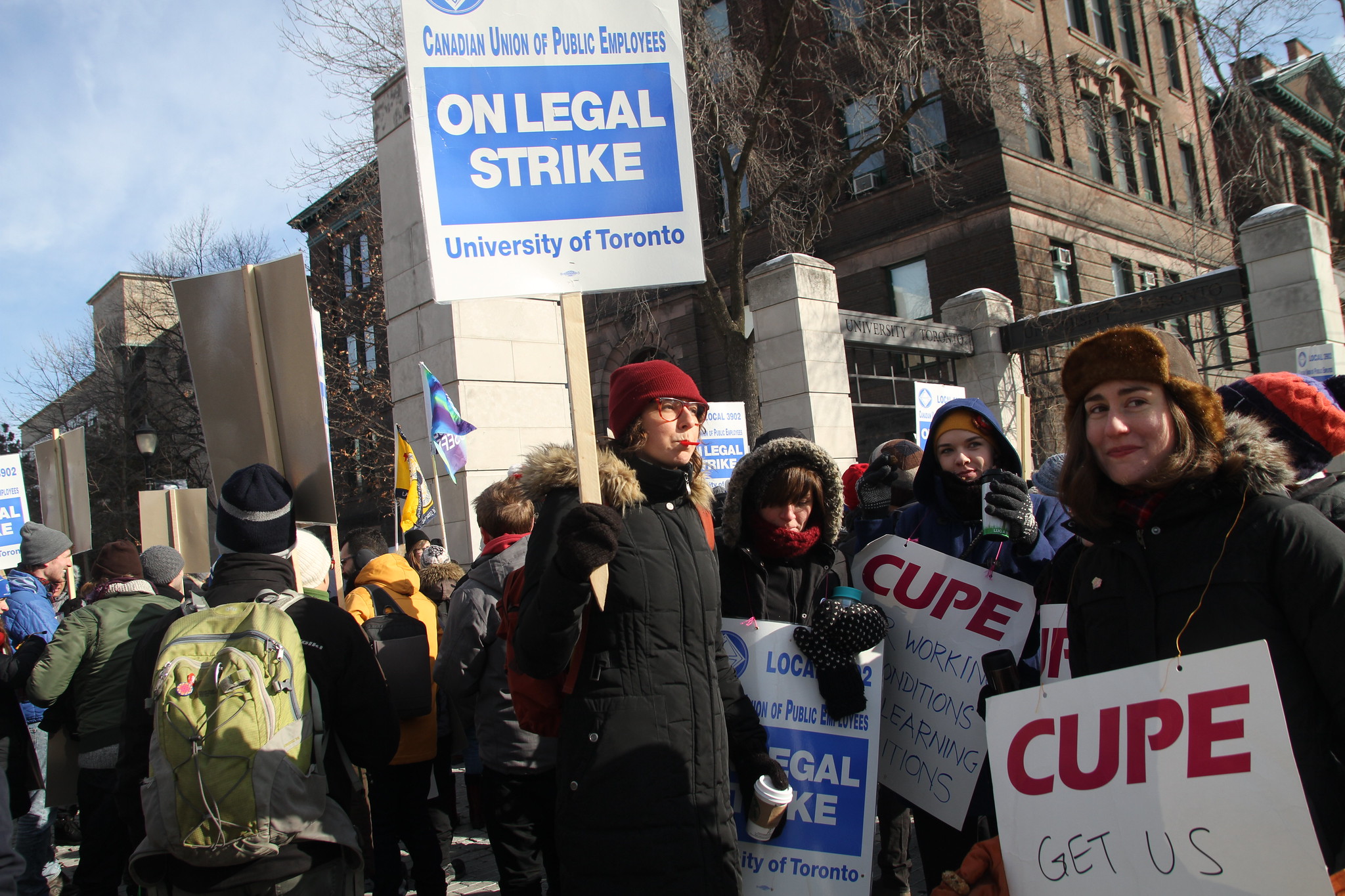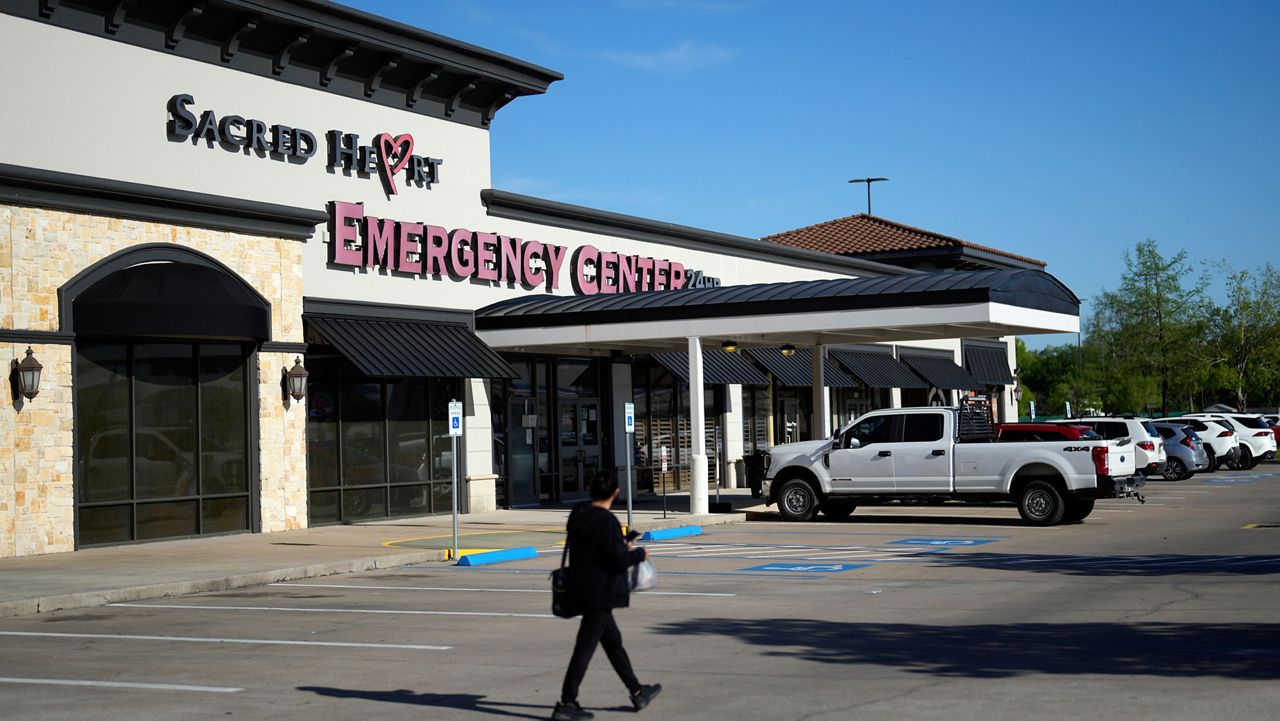KLEIN VOWS TO IMPROVE SENIORS' CARE Too little too Late Ralph.
Ralph's dad Phillip Klein used to be a pro-wrestler known in the ring as Killer Klein, now his son gets to use the monicker............The Klein Government not only squashes and ignores criticism, now it kills those who oppose it. Alberta senior who staged protest diesCanadian PressMay 17, 2005
CAMROSE, Alta. - An 86-year-old diabetic woman who staged a hunger strike to protest staff shortages in long-term care homes around Alberta died Monday morning, CBC-TV reported.
Back in April, Marie Geddes went 96 hours without food - just water and ginger ale - in support of staff at the Bethany Long Term Care Centre. Fatigue forced her to abandon her action.
She was admitted to hospital three times after her hunger strike. Officials said Monday they didn't believe the hunger strike was responsible for her death, but it may have contributed to her failing health.
"We have a beautiful facility, but there's nobody to work," Geddes said at the time of her protest. "It's terrible. And (Premier Ralph) Klein says this is good care?"
CARE HOMES FAILING RESIDENTS: AUDITOR
Last updated May 10 2005 07:56 AM MDT
CBC News
The Canadian Union of Public Employees, which represents practical care attendants and some licensed practical nurses, says none of the findings in the report are a surprise, but that Dunn left some concerns out.
D'Arcy Lanovaz says there are cases where one staff person is left to care for 25 patients overnight, and calls the situation unacceptable.
"What hasn't been highlighted is working alone. A number of the staff in these long-term care facilities work alone on the night shift and that wasn't highlighted in here and I was a little disappointed not to see something on that issue," Lanovaz said.
LETTER TO THE EDITORS OF ALBERTA NEWSPAPERS
May 12, 2005
AUDITOR GENERAL’S CRITICAL REPORT WELCOME
The Report of the Auditor General on Senior’s Care and Programs is a
compelling and frightening read and should help push a neglectful Alberta
government into meaningful action.
Although the report focuses on four caregiver groups providing nursing and
personal care in long-term care facilities, allied health professions which are
represented by the Health Sciences Association of Alberta are also involved in the
care of seniors.
We have known for some time that understaffing of physical therapists,
occupational therapists, recreational therapists, nutritionists, pharmacists,
pharmacy technicians, respiratory therapists and other allied health professions
has had an effect on the quality of life of Alberta seniors who are in long-term
care settings.
Thanks to opposition parties who have kept the heat on the government and
thanks to public health care and seniors advocacy organizations and passionate
individuals, the Ministers of Health and Wellness and Seniors and Community
Supports have promptly moved to accept every one of Auditor General Fred
Dunn’s recommendations.
Basically, the recommendations are about accountability. Without proper
standards and means to evaluate compliance and make it happen, things go off the
rails. It’s not a train wreck yet, but senior’s care in Alberta has come perilously
close.
Sincerely,
Elisabeth Ballermann
HSAA President
HSAA represents more than 13,000 professional, technical, and support workers in Alberta’s health care system.
And if the failure to provide for seniors in long term care isn't callous enough Alberta also has the most regressive policies for residental requirements for out of province seniors who move here. Ironically you only have to reside in Alberta for six months to be considered an "Albertan", but if you are a senior moving here for long term care you have to wait a year. Talk about ageism. But of course you can pay for privatized care....if you can afford it. Perhaps the PC policy is one of those immigration schemes to only bring millionares into the province, you know the folks that the Alberta Government really serves.
Seniors care system under fire for resident policy
Alberta's residency requirement for out-of-province seniors trying to get into long-term care facilities here is causing undue hardships to families, critics of the system charge.Seniors have to be living in the province for a year to be eligible for placement in a publicly funded long-term care centre in Alberta. There are private facilities which accept seniors in the interim but they can cost up to $5,000 a month.
And true to form the PC's attack the messanger, not the problem.
OBERG QUESTIONS LONG-TERM CARE REPORT, KLEIN DEFENDS IT
Last updated May 12 2005
CBC News
EDMONTON – Premier Ralph Klein backed the auditor general's critical report on the province's long-term care facilities Wednesday, distancing himself from comments made by one of his cabinet ministers.
Infrastructure Minister Lyle Oberg, who is also a doctor, called auditor Fred Dunn an accountant who wasn't qualified to evaluate the care provided by the facilities.
"It's very difficult for an accountant to go in and make a comment on patient care anecdotally," Oberg said.
Dunn's report, released earlier this week, found that one-third of facilities in the province fail to meet the basic standards of care, and that problems included providing medication to residents and applying and recording physical and chemical restraints.
His team used medical professionals to help them evaluate the facilities.
Oberg said Dunn was right to comment on documentation and procedures, but that he shouldn't have ventured into medical territory.
"The only point that I'm making, as a medical professional, is that the level of documentation does not always equate to the level of patient care," Oberg said.
Klein, who has said his government will act on Dunn's report, said the work is beyond reproach.
"I have no problem with him examining the so-called hot spots or areas of concerns, because that's what makes government whole and that's what makes us better, is to abide by his recommendations," Klein said. "So I discount what the minister said."
Klein said he will discuss with Oberg the critical comments made about Dunn.
Liberal Leader Kevin Taft says Dunn had a qualified team reviewing the long-term care facilities.
"They did a good and credible job and Fred Dunn deserves marks for that," Taft, who in the past has implied Dunn is too tied to the Conservative government, said. "I think Oberg is looking pretty defensive when he puts up those kinds of comments."
Lyle Oberg the PC's right wing cannus deus, shows that social conservatives in the Party of Calgary, don't care about the impact of their policies as long as the neo-liberal agenda is allowed to roll on.........and over the rest of us.
Oberg of course may be speaking out in order to position himself for his run for Ralph's job.
And he defends this governments lack of planning or responsibility for social services because as a right wing social conservative and Mormon he believes that the Church not the State should provide social services.
You know like they used to with workhouses, poorhouses and orphanages/residential schools. Those authoritarian institutions that abuse their victims.
Of course like daycare, which the right wing opposes on principle; the principle that says a womans place is in the home, elder care is seen as being the responsibility of the family.
The Klein government has abandoned the children and seniors in this province, those who built this province, and those who will inherit it.
This is the real face of social conservatism. A government whose purpose is not to regulate business, not to provide for its citizens, not to do anything except make the province open for business. And let the community and the churches take care of the rest.
Talk about Dickensian logic. But its alive and well here in Alberta.
Even Social Credit, in its right wing hey day realised that the role of the State was to protect and serve it's citizens. Such is not the case of the neo-liberal state of the social conservatives who make up the Party of Calgary.But Oberg and the right wing social conservatives have little support even from the usual Right Wing Ralph boosters:
WEALTHY ALBERTA NEGLECTS THE ELDERLY
By PAUL STANWAY -- For the Edmonton Sun
Old folks' homes were not on the agenda at last week's glitzy medicare meeting in Calgary, which is a pity considering the dismal review of long-term care released by Alberta's auditor general.
Almost one-third of the homes reviewed by Fred Dunn and his troops either failed to meet basic standards of care or had serious shortcomings. In North America's wealthiest jurisdiction, apparently we don't look after our elderly very well at all.
"We found numerous examples of facilities not meeting the basic standards," reported the AG, "which could result in reduced levels of care and increased risk to residents."
What he's talking about are seniors being hauled out of bed at 3 a.m., the use of physical or chemical restraints without documentation or proper medical authorization, improper administration of drugs, staff shortages, and a widespread failure to give seniors regular medical checkups.
In a province that spends $9 billion a year on public health care, and which just announced new, high-end medical facilities in Edmonton and Calgary costing hundreds of millions, only seven of the 25 facilities reviewed actually passed muster.
"On the basis of what he has written, there isn't much that's good in some of these places," admitted a very glum Iris Evans, Alberta's health minister. Like many baby boomers, Evans is facing the prospect of her own mother entering long-term care, and according to one staffer she was "steaming mad" when she read Dunn's report.
Good. Somebody needs to get steaming mad.
In this centennial year we're already knee-deep in homilies about how much the present generation owes those who turned Alberta from a remote outpost of an empire into a thriving and prosperous society. But what are those sentiments worth if, as Dunn's report indicates, we conspire to send the old-timers off to bed by 7 p.m., suitably medicated and ignored? Where's the respect and thanks in that?
Dunn, who is polite to a fault, placed the responsibility for the dismal state of long-term care where it belongs: with the government. "I hope you won't take this as too blunt, but it is the ministries that are supposed to ensure that (regional health authorities) execute their responsibilities."
Don't apologize, Fred. Perhaps the most shocking thing about the AG's report is that few in government seem particularly surprised or upset by that stinging rebuke. Seniors' groups, opposition politicians and even government MLAs have been complaining for years about the shortcomings of long-term care, and MLAs discovered during the 2004 provincial vote that it was an issue on the doorstep.
A pair of concerned Albertans recently did their own review of 100 long-term care facilities and found similar problems. An 86-year-old Camrose woman went on hunger strike to protest conditions at her nursing home. And we had the sad case of an elderly Edmontonian who died because no one checked the scalding temperature of her bath water.
Dunn discovered that some nursing homes spend as much as $10,000 per resident more than others, which seems decidedly fishy. Although it would not be surprising to find that, as in all walks of life, some people involved in long-term care are more concerned and efficient than others.
But it would be too easy to bash the operators and staff as the lone culprits here. In fact, the Alberta Long-Term Care Association, the nursing home lobby group, has been campaigning for more funding and improved regulation.
Last year being an election year, the association optimistically argued that the Klein government ought to boost long-term-care spending by $85 million, to bring staffing up to par and meet basic standards. They got $15 million - for Canada's wealthiest government, that's the equivalent of the finger.
Alberta's seniors deserve better, from nursing home operators and from their government. Yet in the Legislature yesterday, Ralph offered only a lacklustre defence of the system. "We're working on it," he said of the shortcomings identified by the AG. That seems to be the motto of this government as it dithers into a fourth mandate.
Liberal Leader Kevin Taft served on the old Hospital Visitors Committee for almost a decade and sees a good public monitoring system gone bad through politics and incompetence. "It's shameful." And that's putting it mildly.
Next Column: What happened to us?











